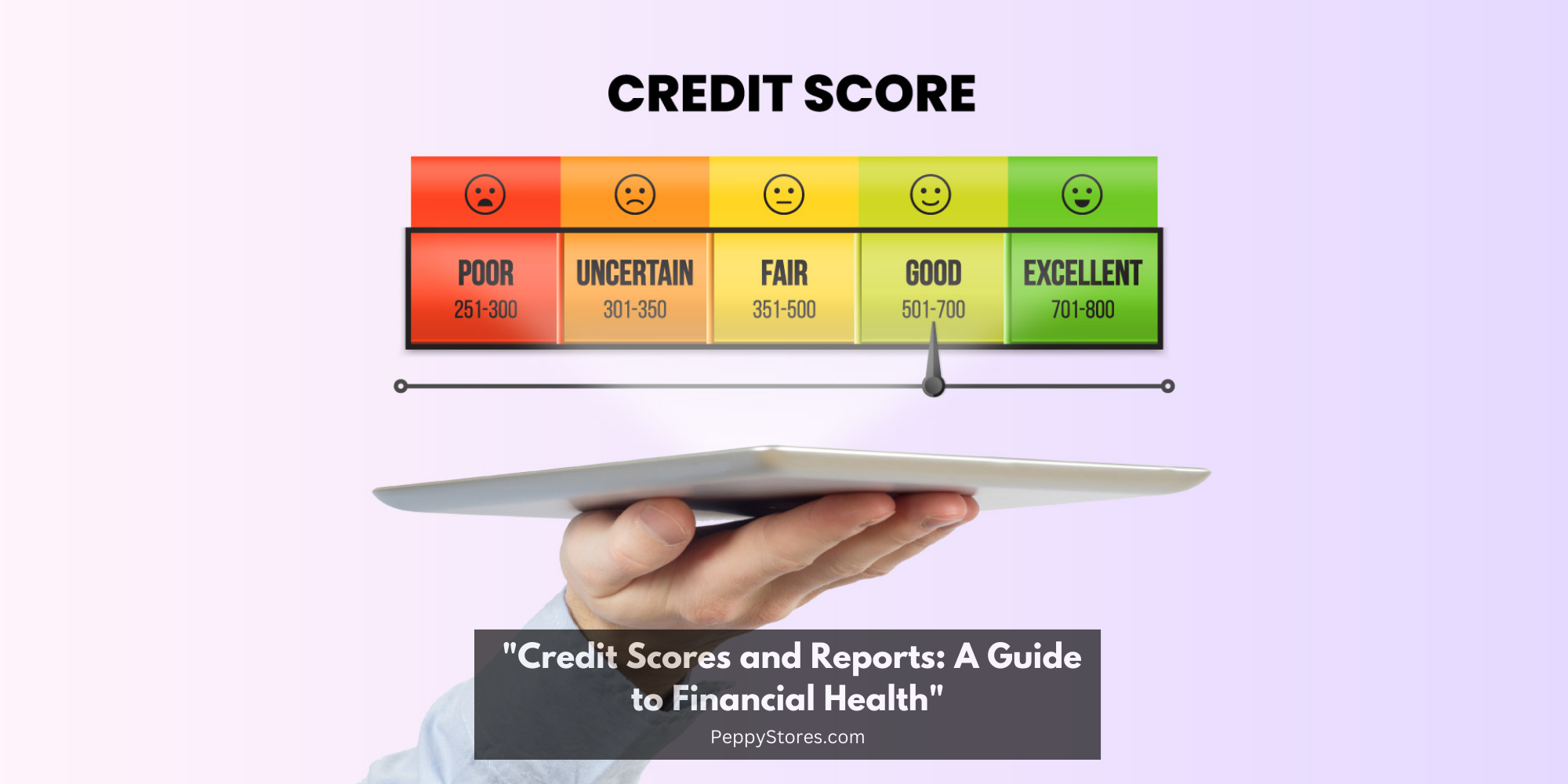Retirement is a significant milestone in life, marking the transition from a career-driven phase to a time of relaxation, exploration, and personal fulfillment. However, achieving a financially secure retirement requires careful planning and informed decision-making. In this comprehensive guide, we will explore the essential aspects of retirement planning, providing valuable insights and practical tips to help individuals living in the USA make informed financial decisions for a comfortable and fulfilling retirement.
Assessing Your Retirement Needs
1. Define Your Retirement Goals:
Before diving into the financial aspects, take time to define your retirement goals. Consider the lifestyle you envision, potential travel plans, and any specific activities or hobbies you’d like to pursue during retirement.
2. Estimate Your Retirement Expenses:
Calculate your estimated retirement expenses, including housing, healthcare, transportation, and leisure activities. Be thorough in your assessment to ensure you have a realistic understanding of the income you’ll need.
3. Consider Inflation:
Inflation erodes the purchasing power of money over time. Factor in inflation when estimating your future expenses to ensure that your retirement income keeps pace with the rising cost of living.
Understanding Retirement Accounts
1. Employer-Sponsored Retirement Plans:
Many employers offer retirement plans, such as 401(k) or 403(b) accounts. Take advantage of these plans, especially if your employer provides matching contributions. Contribute enough to maximize employer matches, as this is essentially free money that can significantly boost your retirement savings.
2. Individual Retirement Accounts (IRAs):
IRAs, including Traditional and Roth IRAs, are valuable retirement savings tools. Traditional IRAs offer tax-deferred contributions, while Roth IRAs provide tax-free withdrawals in retirement. Explore the benefits of each and choose the one that aligns with your financial situation and goals.
3. Social Security:
Understand how Social Security works and estimate your potential benefits. Keep in mind that the age at which you start receiving benefits can significantly impact the amount you receive each month. Delaying benefits can result in higher monthly payments.
4. Pension Plans:
If you have a pension plan through your employer, familiarize yourself with its terms and conditions. Know when you become eligible for pension benefits and how the payout is determined.
Creating a Retirement Savings Strategy
1. Set Realistic Savings Goals:
Determine how much you need to save for retirement based on your estimated expenses and goals. Use online calculators and consult with financial advisors to set realistic savings targets.
2. Consistent Contributions:
Consistency is key in retirement savings. Set up automatic contributions to your retirement accounts to ensure that you consistently save a portion of your income. This approach can help you harness the power of compounding over time.
3. Diversify Your Investments:
Diversification is a crucial aspect of retirement investing. Spread your investments across different asset classes, such as stocks, bonds, and real estate, to reduce risk and enhance the potential for long-term growth.
4. Review and Adjust Your Portfolio:
Regularly review your investment portfolio to ensure it aligns with your risk tolerance and retirement timeline. Adjust your asset allocation as needed, especially as you approach retirement, to safeguard your savings.
Managing Debt Before Retirement
1. Prioritize Debt Repayment:
Aim to enter retirement with minimal debt. Prioritize the repayment of high-interest debts, such as credit cards and personal loans, to reduce financial stress during your retirement years.
2. Mortgage Considerations:
Evaluate your mortgage situation and determine whether it makes sense to pay off your mortgage before retiring. Some individuals choose to downsize or refinance to reduce their mortgage burden in retirement.
Healthcare Planning
1. Understand Medicare:
Medicare is a critical component of healthcare in retirement. Understand the different parts of Medicare and plan for additional coverage, such as Medigap or Medicare Advantage plans, to fill potential gaps in healthcare coverage.
2. Long-Term Care Insurance:
Consider the potential need for long-term care insurance. Long-term care costs can be substantial, and having insurance can help protect your retirement savings from being depleted by healthcare expenses.
Transitioning to Retirement
1. Determine Your Retirement Age:
Decide on the age at which you plan to retire. Keep in mind that retiring later can increase your Social Security benefits and provide more time to build your retirement savings.
2. Create a Retirement Income Plan:
Develop a comprehensive retirement income plan that outlines how you will draw income from your various sources, including retirement accounts, Social Security, and any other pensions or investments.
3. Consider Part-Time Work:
Some individuals choose to work part-time during retirement for both financial and personal fulfillment reasons. Explore opportunities for part-time work if it aligns with your retirement goals.
4. Review and Update Legal Documents:
Ensure that your legal documents, such as wills, powers of attorney, and healthcare directives, are up-to-date. Review and update beneficiary designations on retirement accounts and insurance policies.
Downsizing and Lifestyle Adjustments
1. Evaluate Housing Options:
Consider whether your current home is suitable for retirement. Some individuals choose to downsize to a smaller, more manageable property, potentially freeing up equity for additional retirement income.
2. Adjusting Lifestyle Expenses:
Assess your lifestyle and identify areas where you can make adjustments to align with your retirement budget. This may include dining out less frequently, finding more cost-effective leisure activities, and being mindful of discretionary spending.
3. Explore Hobbies and Interests:
Retirement is an excellent time to explore hobbies and interests you may not have had time for during your working years. Engaging in meaningful and fulfilling activities can enhance your overall retirement experience.
Seeking Professional Guidance
1. Consult with Financial Advisors:
Seek guidance from financial advisors who specialize in retirement planning. A financial professional can provide personalized advice based on your unique situation and help you navigate complex financial decisions.
2. Stay Informed:
Stay up-to-date on changes in retirement laws, tax regulations, and investment strategies. Being informed empowers you to make timely adjustments to your retirement plan and maximize your financial resources.
Conclusion
Retirement planning is a lifelong journey that requires careful consideration and informed decision-making. By assessing your needs, understanding retirement accounts, and implementing a strategic savings plan, you can pave the way for a secure and fulfilling retirement. Managing debt, planning for healthcare costs, and making lifestyle adjustments are integral components of a comprehensive retirement strategy. Seek professional guidance when needed, stay informed about financial trends, and embrace the transition to retirement with confidence and preparedness. Remember, the key to a successful retirement lies in making well-informed financial decisions that align with your goals and aspirations.




